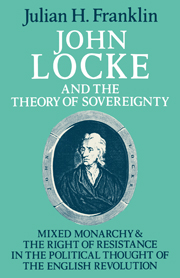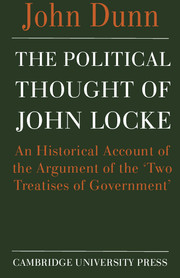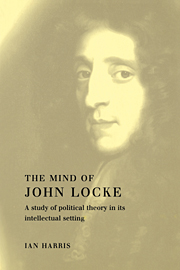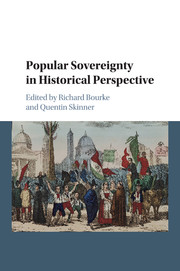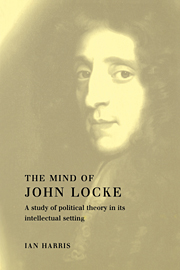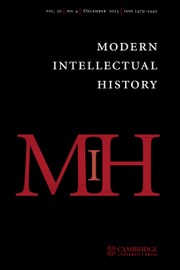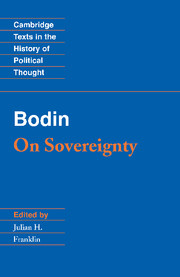John Locke and the Theory of Sovereignty
This volume is a sequel to the author's earlier work on the development of European theories of sovereignity and constitutionalism. Professor Franklin here explains a major innovation associated with the English Civil Wars. It was only now, he shows, that there finally emerged a theory of sovereignity and resistance that was fully compatible with a mixed constitution. The new conception of resistance in a mixed constitution was to enter the main tradition via Locke, who stood alone among major writers of the 1680s in holding that the effect of tyranny by any constituted power, even by the King alone, was entire dissolution of the government and the reversion of power to the general community. When this familiar position is read against the background of preceding constitutionalist theory, the Second Treatise reveals a new dimension of novelty and historical significance.
Reviews & endorsements
Review of the hardback: 'This immaculately argued book is a major contribution to Locke studies.' History
Product details
September 1981Paperback
9780521285476
164 pages
229 × 152 × 13 mm
0.41kg
Available
Table of Contents
- Preface
- 1. The background of the problem
- 2. The Parliamentary publicists
- 3. George Lawson
- 4. Locke and the Whigs
- Appendix I. On the dating of Lawson's theoretical insight into dissolution
- Appendix II. Locke and Burnet
- Bibliography
- Index.

